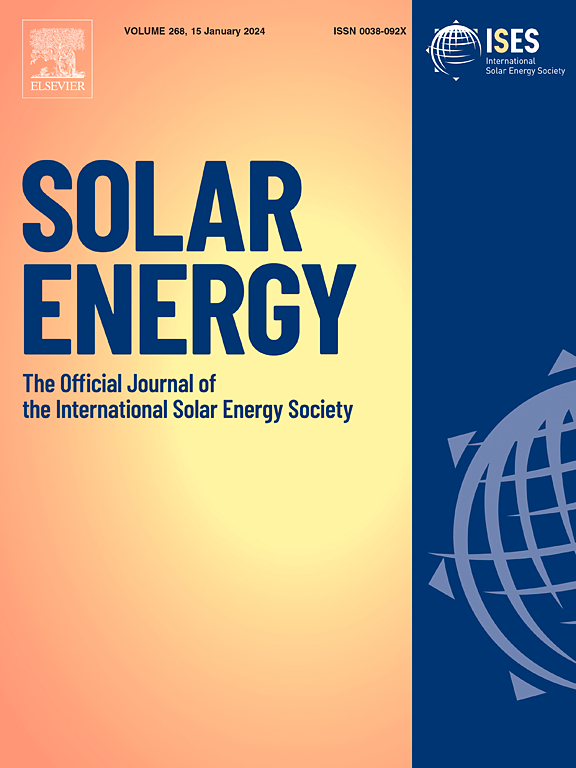Research progress on improving the thermal storage performance of molten salt by nanomaterials
IF 6
2区 工程技术
Q2 ENERGY & FUELS
引用次数: 0
Abstract
Due to its scalability, long cycle life, and inherent safety and stability, molten salt thermal storage technology is widely regarded as a leading candidate for advanced energy storage solutions. This technique has demonstrated significant potential in various applications, including waste heat utilization, district heating systems, frequency regulation and peak shaving for thermal power units, and solar thermal energy generation. The commercialization of molten salt thermal storage systems enhances energy efficiency and sustainability due to their superior thermal performance and unique thermophysical characteristics, driving innovation in energy solutions. Dispersing nanoparticles into molten salt enhances thermal storage capacity, creating molten salt nanofluids that improve efficiency in energy storage applications, and this issue has attracted more and more study interest. In this paper, we give a thorough rundown of the production techniques for molten salt nanofluids as well as the thermophysical characteristics of commonly utilized molten salt systems. Along with a thorough explanation of molecular dynamics simulations that look into these enhancements, we also clarify the most recent mechanisms underlying the improvement of thermophysical characteristics in molten salts. The review also examines the advancements made in enhancing the thermal characteristics of molten salts using three typical nanomaterials, with an emphasis on how these materials affect thermal conductivity and specific heat capacity. We conclude by examining the difficulties that this sector is currently facing and provide a prediction for future development trends and research avenues.

纳米材料提高熔盐储热性能的研究进展
由于其可扩展性、长循环寿命以及固有的安全性和稳定性,熔盐蓄热技术被广泛认为是先进储能解决方案的主要候选方案。这项技术在各种应用方面显示出巨大的潜力,包括废热利用、区域供热系统、热电机组的频率调节和调峰以及太阳能热能发电。熔盐储热系统的商业化提高了能源效率和可持续性,因为其优越的热性能和独特的热物理特性,推动了能源解决方案的创新。将纳米颗粒分散到熔盐中可以提高储热能力,形成熔盐纳米流体,提高储能应用效率,这一问题引起了越来越多的研究兴趣。本文全面介绍了熔盐纳米流体的生产技术,以及常用熔盐体系的热物理特性。除了对这些增强的分子动力学模拟进行全面解释外,我们还阐明了熔盐热物理特性改善的最新机制。本文还研究了三种典型纳米材料在提高熔盐热特性方面取得的进展,重点介绍了这些材料如何影响导热性和比热容。最后,我们审查了该部门目前面临的困难,并对未来的发展趋势和研究途径进行了预测。
本文章由计算机程序翻译,如有差异,请以英文原文为准。
求助全文
约1分钟内获得全文
求助全文
来源期刊

Solar Energy
工程技术-能源与燃料
CiteScore
13.90
自引率
9.00%
发文量
0
审稿时长
47 days
期刊介绍:
Solar Energy welcomes manuscripts presenting information not previously published in journals on any aspect of solar energy research, development, application, measurement or policy. The term "solar energy" in this context includes the indirect uses such as wind energy and biomass
 求助内容:
求助内容: 应助结果提醒方式:
应助结果提醒方式:


